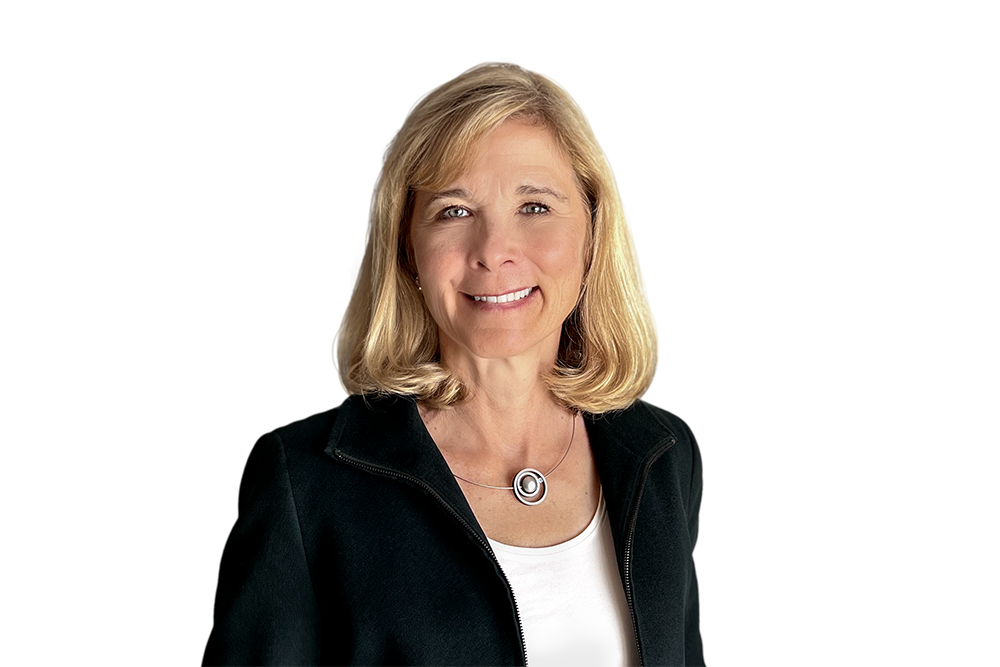Becoming a Great Board Chair

Are there specific aspects of a board chair role that, if demonstrated at a very high level, are most likely to make the difference between a good board and a great one? Through our ongoing work with boards, we have found that the answer is yes. There are two board leader characteristics that significantly increase the likelihood that a board is maximizing its potential value to the organization. For the purpose of this discussion, we will be focusing on instances where the board chair and CEO roles are separate.
The first is the board chair’s ability to establish a very high and consistent level of trust between themselves and the other directors. To be clear, we are not referring to scenarios where the board chair is not trusted. Obviously, a lack of trust in a leader creates a whole host of potential issues. We are specifically focusing on the differential impact created by the existence of a resounding level of trust in the board leader versus a solid, substantial level.
Results from our analysis on data captured as part of RHR’s Board Development Survey* indicate that board members who feel strongly that their board chair is trusted by other directors[1] were significantly more likely to be serving on a board that is operating at the highest levels in multiple areas vital in today’s challenging environment. In short, they were more likely to be at the helm of a great board.
When there is a high level of trust in the board chair, directors are significantly more likely to also trust one another, both admiring and relying on their peers’ abilities and integrity. Not surprisingly, these boards are also more likely to operate with a high degree of independence from management. Under the board chair’s leadership, these boards tend to have full, open, and candid conversations with the CEO and senior management. There is less emphasis on managing the messages and more investment in challenging assumptions and leveraging the perspectives in the room to arrive at better decisions[2].
The main commonality among many of the areas of board functioning that are differentially impacted by having a high trust in the board chair is that they involve interpersonal risk. When board chairs establish the highest levels of trust with their fellow directors, they create an environment that reduces these perceived risks and where important but difficult conversations proactively take place—ones that maximize the board’s and the company’s ability to perform.
On boards with a highly trusted leader, new directors are expected and encouraged to fully contribute to the board immediately. This is particularly important given that the current focus on bringing emerging skills and expertise to boards has also yielded a trend where approximately half of new directors are first-time board members. On the flip side, these are also the boards that are very effective at the challenging task of retiring directors who are not contributing as expected. With the rapid evolution of the business landscape, the opportunity cost to the board and the organization of an underperforming or less-relevant director continues to increase, yet human dynamics tend to delay these conversations[3].
The highest levels of trust come from a board chair who, among other actions, addresses conflicts, in all of its forms, in a proactive, candid, and balanced manner; consistently invests time with directors to understand them as individuals, including their perspectives, values, and strengths; takes interpersonal risks to ensure authenticity; and is as explicit, proactive, and consistent as possible regarding expectations. Trust is also increased by thoroughly embracing the chair’s roles as orchestra conductor, galvanizer, and culture steward versus imposing decisions or solutions based on his or her own expertise or experience. The latter approach is more likely to be demonstrated by those new to the role of chair or those who have had this role on the same board for an extended period of time, making them vulnerable to a tendency to become somewhat tone deaf in their role as orchestra leader.
There are many effective, basically well-functioning boards out there. However, with the number and pace of challenging external trends impacting businesses, the difference between a good board and a great one may prove to be a competitive advantage within the board chair’s control to help create.
In part two of this series we will cover the second factor that significantly increases the likelihood of a high-functioning board: a chairperson who actively and routinely seeks and uses feedback about their effectiveness in the role.
*RHR’s Board Development Survey, designed to assist boards in identifying opportunities to improve their effectiveness, consists of 55 items across seven dimensions of governance. The original database was compiled from the responses of directors who collectively serve on 120 boards of mid-cap and large-cap companies. Our research shows that the strongest boards have strong chair leadership, healthy board dynamics characterized by candid debate, and a shared understanding of the organization’s financial, regulatory, and operational risk-tolerance levels.
For the full survey results, please contact kgilson@rhrinternational.com.
[1]As indicated by selecting that they strongly agree that their board chair is trusted by other directors.
[2]The correlations between the behaviors in this section and trust in the board chair were all positive and significant, ranging from r = .38 to .45.
[3]The correlations between the behaviors in this section and trust in the board chair were all positive and significant, averaging r = .47.
This article was originally published on the Corporate Board Member website.









